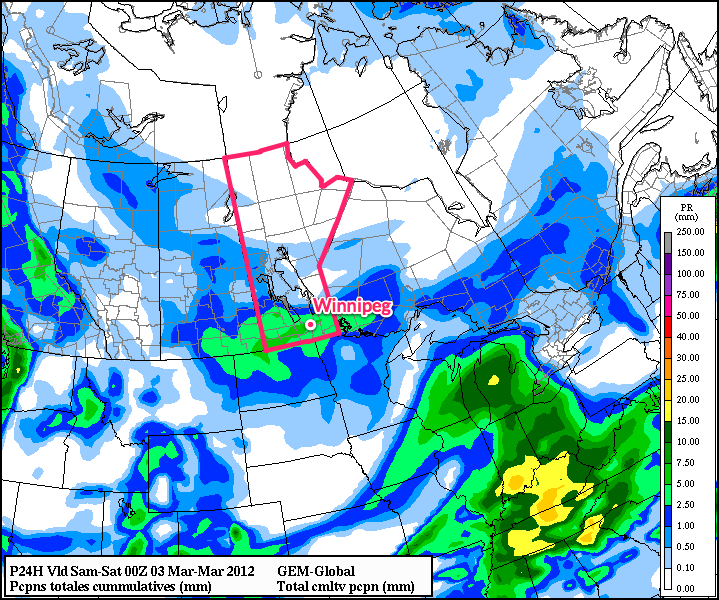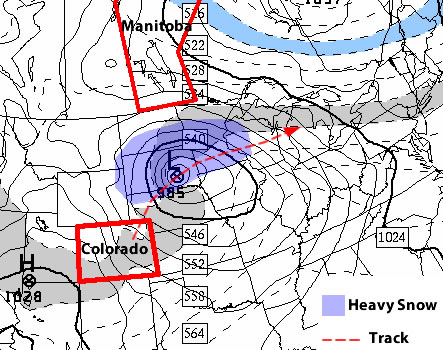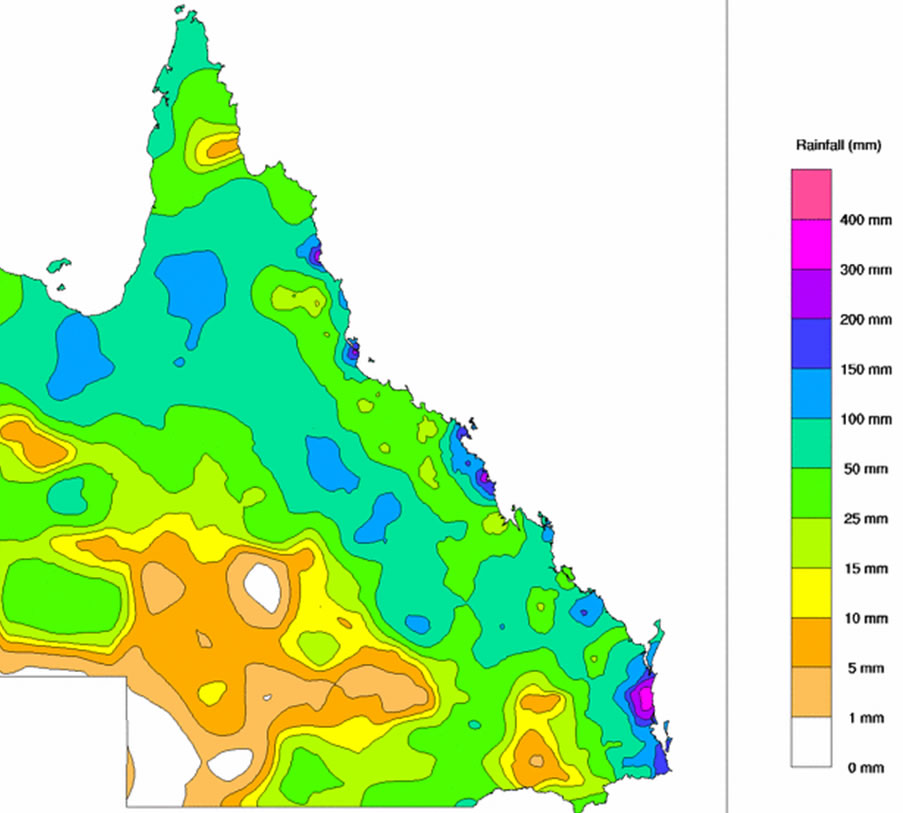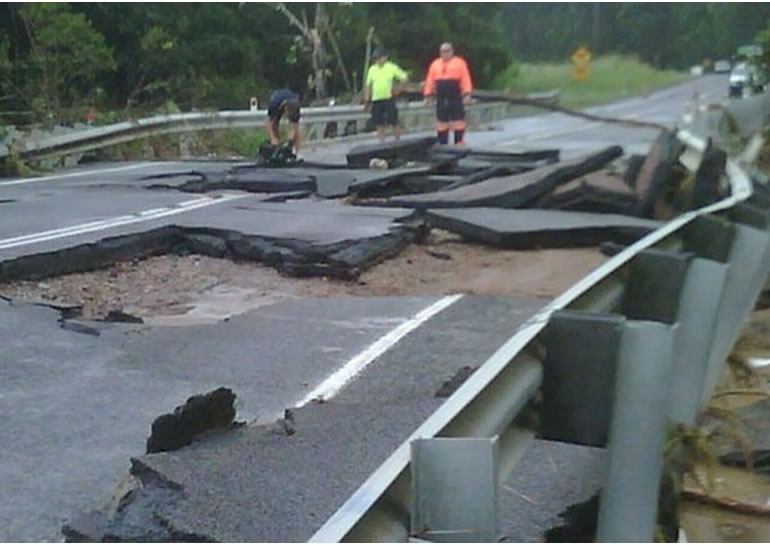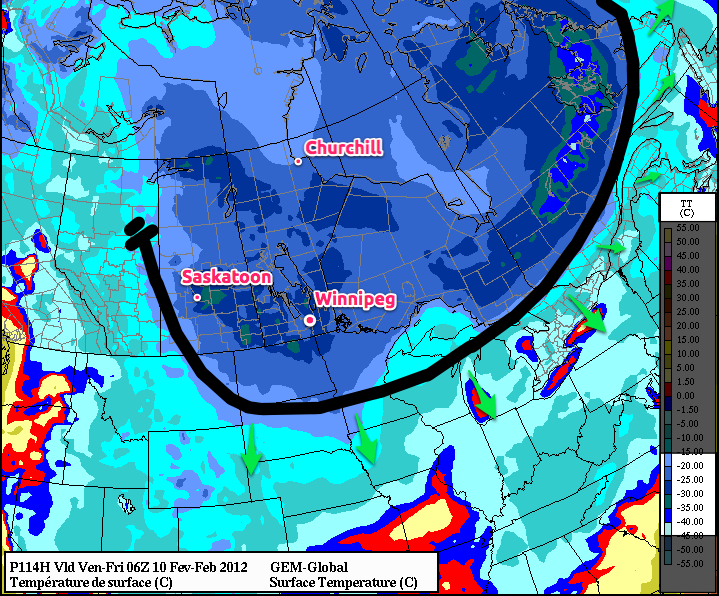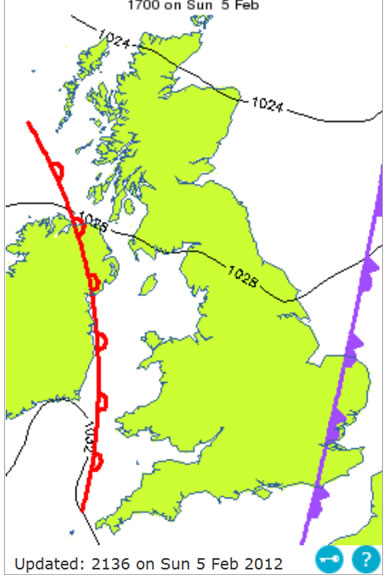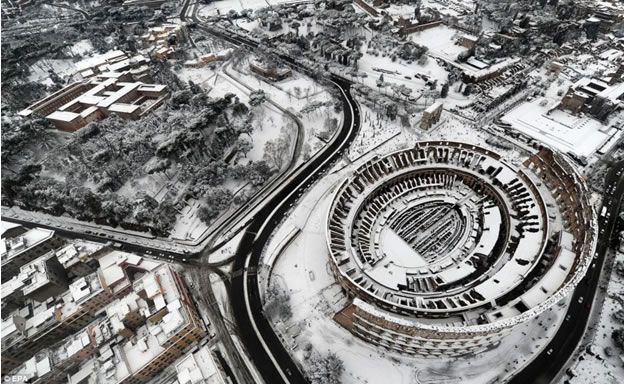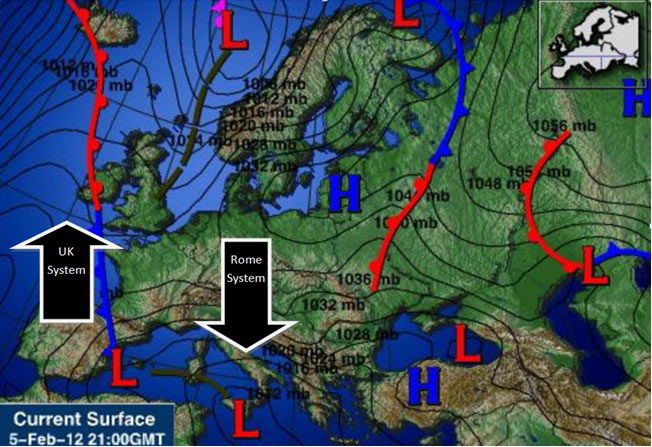Temperatures this week will be a big improvement over last week. By mid-week we might even take a run at the zero mark.
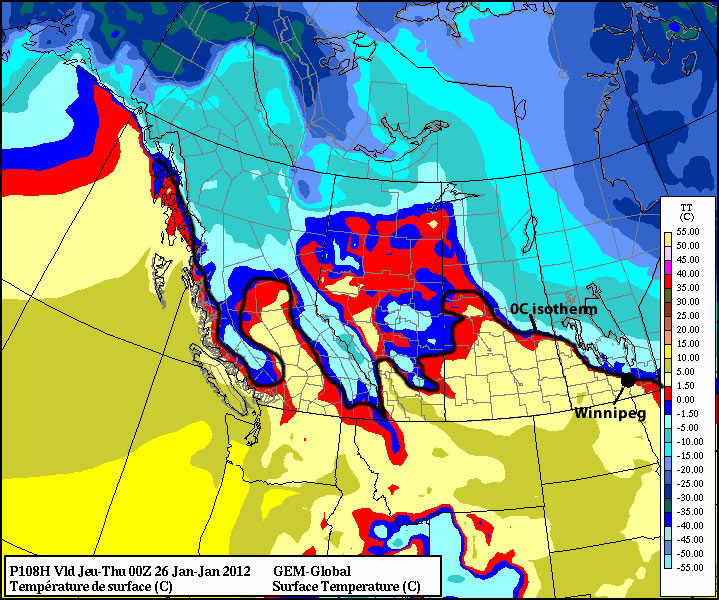
High temperature forecast for Wednesday, January 25, 2012 – areas south of black line are forecast to be 0°C or warmer
Temperatures through the first few days of the week are expected to be around or above normal (normal high being -13°C). Monday will be around normal, with highs in the mid minus teens in Southern Manitoba. However, Tuesday and Wednesday will be much warmer. Highs on Tuesday will likely break into the minus single digits in most areas, while highs on Wednesday will be near the zero mark. The GEM model is showing high temperatures reaching (or exceeding) the zero mark on Wednesday in much of Southern Manitoba. The GFS model likewise shows highs around zero on Wednesday. After a really warm Wednesday, the last two days of the work-week will be cooler.
The warmer weather is a result of upper-level ridging building into the Western Prairies, which will return our milder, west-to-southwest flow through the upper atmosphere, instead of the cold northwest-to-northerly flow we’ve been influenced by over the past week.
Our next chance for snow will likely come with the same system that will bring us the warm temperatures this week. A frontal boundary will sweep the warm air from Southern Manitoba later on Wednesday and may generate some snow in its wake. If we do see snow under this scenario, amounts will generally be light…but blowing snow could be an issue as the cold front is expected to usher in gusty north-west winds.
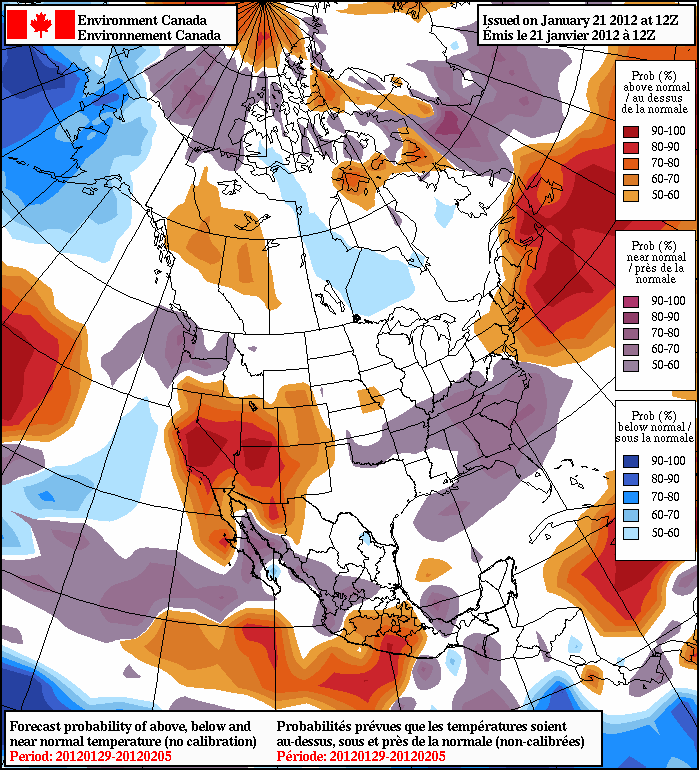
NAEFS Long-range prediction – January 19 to February 5
In the longer range I don’t see an immediate return to extremely cold weather. On the other hand, don’t expect early January type warmth either. Most indications suggest that we’ll end January with weather that is right around normal. The ensemble model, as shown above, gives a good indication of what type of weather to expect in the longer range. For most of the winter it has done a pretty good job in providing advance warning when major warm-ups or cool-downs are coming. Right now it doesn’t show much of anything, a sign that we’re likely to cruise into February without any highly abnormal weather.
Elsewhere in Weather News
Large Low Hits US Northwest
This past week a major snowstorm took hold of the US northwest, bringing a mixed bag of precipitation across the region. Various parts of Washington State were paralyzed, especially the west coast, by freezing rain initially (Wednesday/Thursday). The freezing rain brought down power lines and left about 200,000 people in the dark. It also wrecked havoc on the roads, forcing the state to shut down a couple major interstates and prompting Governor Gregoire to issue a state of emergency.
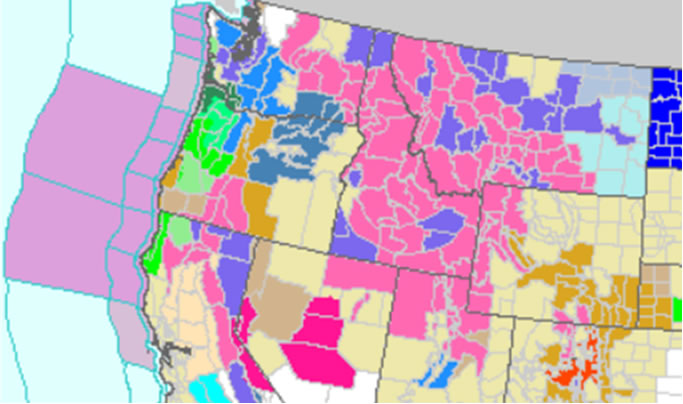
US Northwest littered with snowfall, freezing rain, and flood warnings. (Source: US National Weather Service)
Following the freezing rain, the storm brought heavy snow where totals topped 15cm in many locations across the Northwest. Here’s a short list of some of the higher snow accumulations throughout the region (Monday-Thursday):
- 127cm – Mount Hood Meadows, OR
- 60cm – Covington Mills, CA
- 18cm – Seattle, WA
Many locations in Oregon and California also received significant rainfall with this low as well as strong wind gusts. A complete storm summary, made available by NCEP is available here.
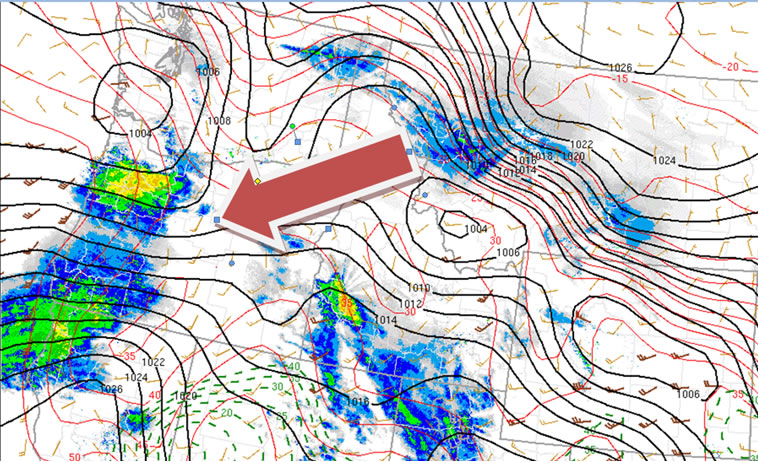
Atmospheric river arriving inland on the US Northwest coast. (Source: SPC)
This unusually strong system resulted from a large amount of moisture being drawn with south-west winds from as far south as Hawaii. The so called “atmospheric river” then flows inland, in this case in Northwest US, and subsequently drops large amounts of precipitation.
Tropical Storm Funso Spins Up
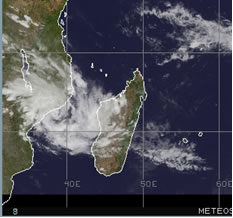
Cyclonic storm between Mozambique coast and Madagascar January 22. (Source: Meteosat 7; CIMSS)
A strong tropical storm has spun up on Mozambique’s east coast (African coast) in the last couple days. The storm is located in the Mozambique Channel and is predicted to intensify with the formation of a cyclonic eye. The warm sea surface temperatures (SST’s) and moist air trapped in the channel are contributing largely to the strengthening of the cyclone. It is expected to evolve into a strong cyclonic storm by Monday afternoon after the main center of the storm moves back over water. The main worries with this cyclone are the strong winds associated with it and flooding due to the slow moving nature of the storm. Mozambique’s coast will be affected significantly before the storm gets steered towards the south-west later in the week.
Elsewhere in Weather News has been provided by Matt
